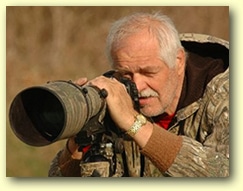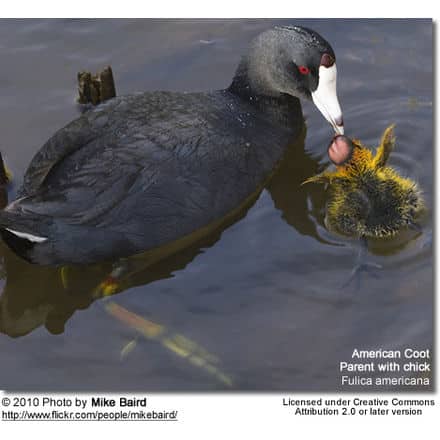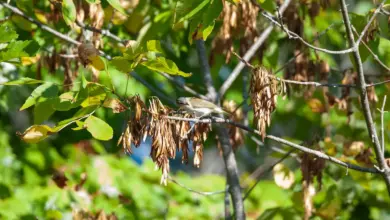Photography – Geothermal Areas
The most active of all the landscapes is the areas of volcanic or thermal conditions. These areas are not always predictable and can be dangerous. Of course, this is what brings a touch of normal anxiety to an unusual one. subject.
All the features associated with geothermal areas……volcanoes, geysers, hot springs, and mud pots……are as close as one can get to the workings of the interior of the Earth as they are the results of the internal core of our planet at work.
I have never done any volcanic work, thus I can not tell anyone how to go about doing it or describing it.
Hot springs are upwellings of lukewarm to boiling water, heated by the molten rock from the core of the earth. These waters are very high in mineral content especially silica. They are often brightly colored…..often from the minerals that crystallize or the algae that grow in the heated water. These mineral crystals can be indigo, blue red orange, and yellow, depending upon the mineral which precipitates as a solid deposit to create a crust around the opening or create a complete terrace around the area.
There are also those hot springs called fumaroles in which the smell of hydrogen sulfide can be detected. Be very careful at these places because one no longer endures just hot water but instead the runoff is now sulfuric acid of different strengths.
Other hot springs but those that are under geothermal pressure are called geysers. Geysers spout violent bursts of boiling water into the air. These eruptions can be on timed intervals. Geysers can spout to any height and the world’s largest is in Yellowstone where Wayne and I just visited. Also of all the geysers of the world……..more than sixty percent find their home in Yellowstone.
Needless to say one needs to be cautious when in these areas…..both to self and to gear. Splashing boiling water or sulfuric acid can be harmful to the gear. The heat in itself can be an obvious problem. Large animals use these areas as a place to remain warm during the winter months. The lack of knowledge of eruption times can be can be threatening. Just be careful and photograph from a safe distance. Yet they provide much beauty.




